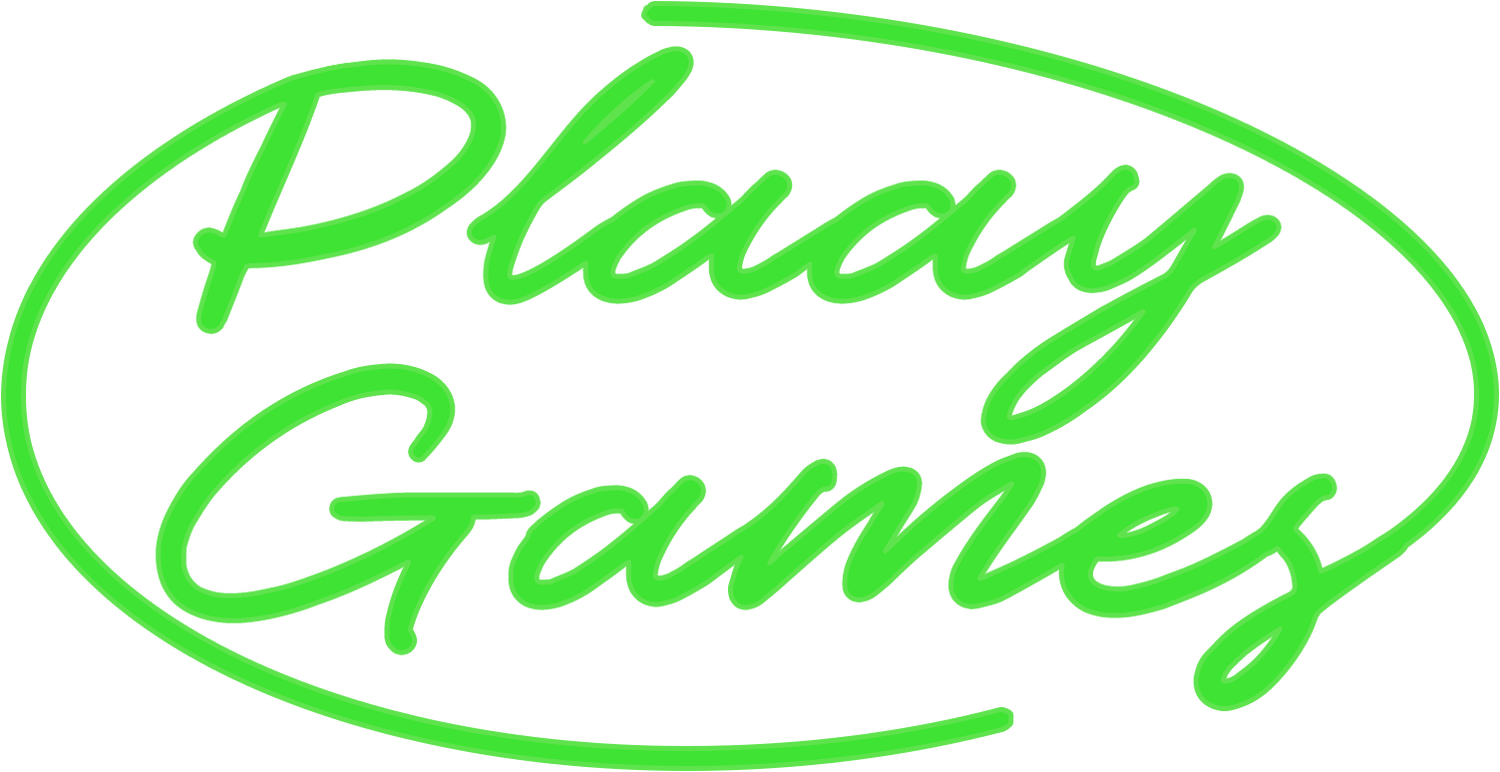1960s Golf Stars
Individual cards for 72 top pro golfers from the 1960s, plus an additional eighteen lesser-known pro golfers who had their “moment” in the 1960s, for a total of 90 golfer cards. Each golfer rated on their overall performance for the years 1960-69. Also included is the Tseiqami Thunder CC golf course (18 holes), based on the legendary Thunderbird CC, Rancho MIrage, CA.
In the spirit of our "decade stars" series for our pro wrestling and stock car racing games, we present a new series of "decade stars" for HISTORY MAKER GOLF Championship Golf Game. Many gamers enjoy sharpening the focus of their tabletop projects to year-specific season replays. But it's problematic to find consensus and interest in any one specific season. Creating "every" season just isn't an option for us, unfortunately. However, we feel the "decade stars" format is a great middle ground. This set has been created in such a way so as to approximate a typical year in the decade with a realistic, logical mix of golfing contemporaries.
We commissioned golf historian and PLAAY gamer Dave Gray to do the research and ratings architecture for these golfing decade sets. Here are Dave's thought's on professional golf in the 1960s...
"Golf took America by storm in the 1960s. Of course, great golf had been played in America for decades. Harry Vardon and Ted Ray came to America to display their skills. Bobby Jones scored the Grand Slam in the 1920s. The 1940s and 1950s saw the triumvirate of Byron Nelson, Sam Snead and the incomparable Ben Hogan provide both drama and excellence. However it was in the 1960s that golf seized the popular imagination.
"At the center of this sporting coup was the remarkable Arnold Palmer. Palmer was not the greatest golfer in history and if he was the greatest golfer of his era it was a very short era. But nobody altered the popular perception of golf in America like Palmer. Palmer began his surge in the late 1950s and had five major wins in three years in the early 1960s. Palmer also reengaged American golf with the British Open which had been neglected by America’s golfing elite. Led by Palmer American golfers began making regular appearances at golf's oldest major.
"Just when the era of Palmer seemed to take root a young earthquake named Jack Nicklaus provided Palmer with a level of competition that gradually surpassed Palmer. Nicklaus beat Palmer in a playoff at the U.S. Open in 1962 in Palmer’s backyard at Oakmont. Palmer’s last major win was in 1964.
"The mid '60s saw Nicklaus’ first surge as he won seven majors between 1962 and 1967. However the 1960s were not just Palmer and Nicklaus. Gary Player of South Africa had also emerged as a dominant player in the late 1950s with his first major win being a win at the British Open in 1959. Player would win four majors in the 1960 completing a career Grand Slam. Billy Casper would dazzle with his putting but could only covert his scoring excellence into one major during the decade.
"The late 1960s saw a variety of players winning golf’s major championships. Charlie Sifford became the first African American to win on the PGA tour and was joined on the tour by Lee Elder. And with the 1970s approaching a new force in golf appeared as Lee Trevino won his first major.
The ‘60s Stars set includes 72 golf pros who were regulars on the tour during the ‘60s, and we added a splash of era-specific golfers for “flavor.” Some are international stars with limited domestic exposure, some are “flash-in-the-pan” phenoms, but all had their “moment” during the 1960s. The bonus golfers are given a tournament rating of “0A,” and you are free to use them however you like.
To help accent the decade-specific feel of this set, we've included a golf course with historical significance. Tseiqami Thunder CC is based on The Thunderbird Country Club at Rancho Mirage, in California's Coachella Valley.
Eyebrows were raised when plans were announced to build a golf course in the desert but when Thunderbird opened in 1951, it was to a stampede of celebrity participation and approval. Bob Hope, Bing Crosby, Kirk Douglas, Desi Arnaz, and Burt Lancaster were among the multitude of celebrities and wanna-be's who flocked to the valley to play golf here. Crosby, in fact, was club champion in 1958.
The club set up an open tournament, The Thunderbird Invitational, which drew the attention of both golf fans and non-golfers with the likes of Dean Martin, Hoagy Carmichael and Perry Como on the entertainment committee. The club hosted the Ryder Cup in 1955, and Hope appropriated the course for his annual Desert Classic golf tournament, 1960-62. Everyone knew the course was too short (6600 yards) to challenge top golfing pros, so the holes were lengthened to their maximum distances, the rough was increased and fairways were narrowed. Even so, most of the golfers in this set will thrive at Tseiqami Thunder.
A couple of interesting side notes: President Dwight Eisenhower played here in the 1950s, and even participated in a number of pro-am events, the first president to do so. Since then the course has been a haven for presidential golf adventures as well--Richard Nixon, Gerald Ford, and Barack Obama all played here. Also, Thunderbird is the birthplace of the electric golf cart. Eddie Susalla, the club's assistant pro, got the idea from seeing a handicapped man motoring along side walks in Long Beach on a gas-powered cart, and mocked up a prototype two-person, two-golf bag vehicle for use at the club. At first, use was restricted only to those with a doctor's permit. However, once members saw the cart in action, everyone wanted one and the rest is history!


